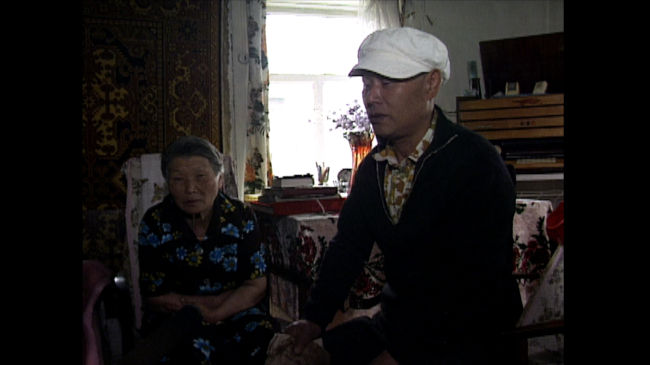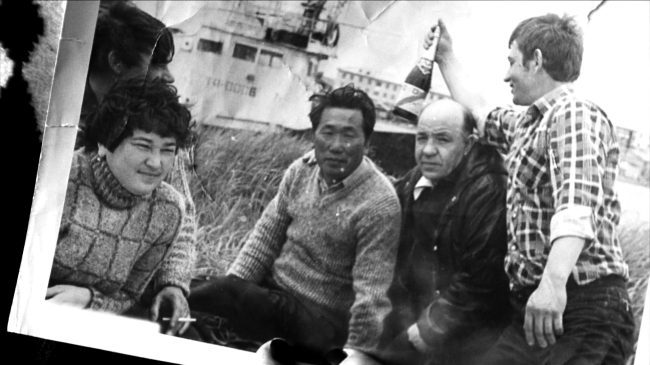Between 1946 and 1949, just after Korea’s liberation from Japanese occupation in 1945, thousands of Koreans were recruited by the Soviet Union as contract laborers. They settled en masse on the Kamchatka Peninsula in the Russian Far East, some 3,500 kilometers northeast from Seoul.
The upcoming documentary “Where is Your Homeland” by veteran filmmaker Chung Soo-woong follows the lives of the last few Koreans in the area, opening with scenes from 1995, when some 2,000 Koreans were living in Kamchatka.
 |
A still from “Where is Your Homeland” (Dream Fact Entertainment) |
Three Koreans and their families are featured.
Son Jin-taek was in Manchuria, in present-day northeastern China, when Korea was liberated. Unable to return to his hometown of Pohang, North Gyeongsang Province, he was recruited by the Soviet Union as a laborer.
Im Yang-han from Gyeonggi Province signed up as a laborer when he was 18 to provide for his family. Song Yoo-deuk from Sinchang, South Hamgyong Province in today’s North Korea, talks about feelings of lifelong displacement.
Having lost a significant portion of its male labor force during World War II, the Soviet Union signed a treaty with North Korea to receive dispatched laborers, the documentary explains.
 |
A still from “Where is Your Homeland” (Dream Fact Entertainment) |
The laborers had hoped to return to their hometowns after saving money for several years, but their hopes were dashed with the outbreak of the Korean War in 1950. The geopolitical situation aside, many died from cold or starvation while working as fishermen or lumberjacks, the film says.
Some 300 Koreans died in 1947 due to an epidemic, without assistance from either the Soviet Union or the two Koreas, one witness attests.
 |
A still from “Where is Your Homeland” (Dream Fact Entertainment) |
As of 1995, some of the few remaining Koreans had integrated into the local community, marrying Russians and forming families there.
Cut to 2016: All of the interviewees of 1995 have passed away without having had a chance to return to their hometowns. Only one person, Kim Jae-kwon, is left. At 93, Kim remains the last surviving Korean laborer recruit.
Television producer-turned-director Chung, 73, has made over 40 documentaries since 1977, touching on subjects such as East Asian history and the assassination of Empress Myeongseong of the Korean Empire.
Because North Korean government officials regularly visited the Kamchatka area 20 years ago -- one such visit takes place in the documentary, and the villagers anxiously greet the official -- filming had been cautious, Chung told The Korea Herald. In the film, he and his small crew at times pretend to be Japanese filmmakers.
“I wanted to dig up a hidden portion of our country’s struggles,” Chung said. “While filming there, I would see graves, covered in snow, of Koreans who had never been able to return home.”
The documentary opens in local theaters on Nov. 9.
By Rumy Doo (
doo@heraldcorp.com)









![[Today’s K-pop] Blackpink’s Jennie, Lisa invited to Coachella as solo acts](http://res.heraldm.com/phpwas/restmb_idxmake.php?idx=644&simg=/content/image/2024/11/21/20241121050099_0.jpg)
